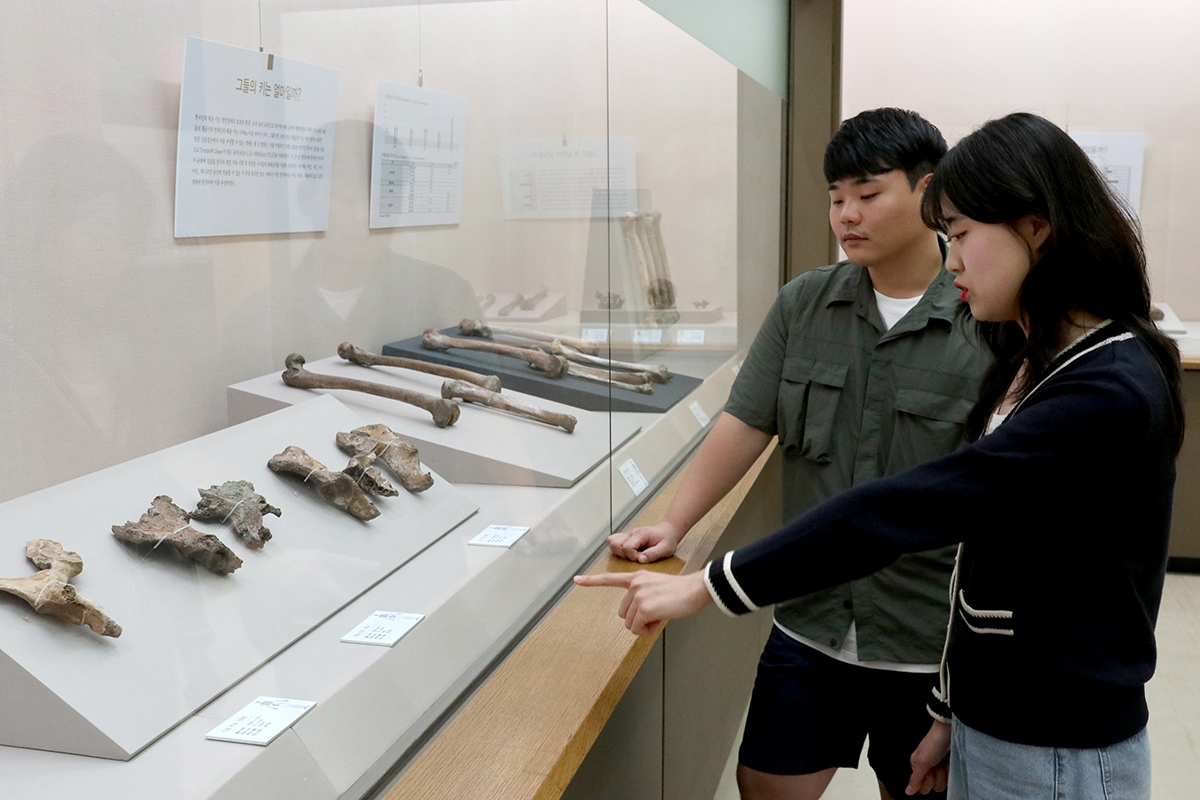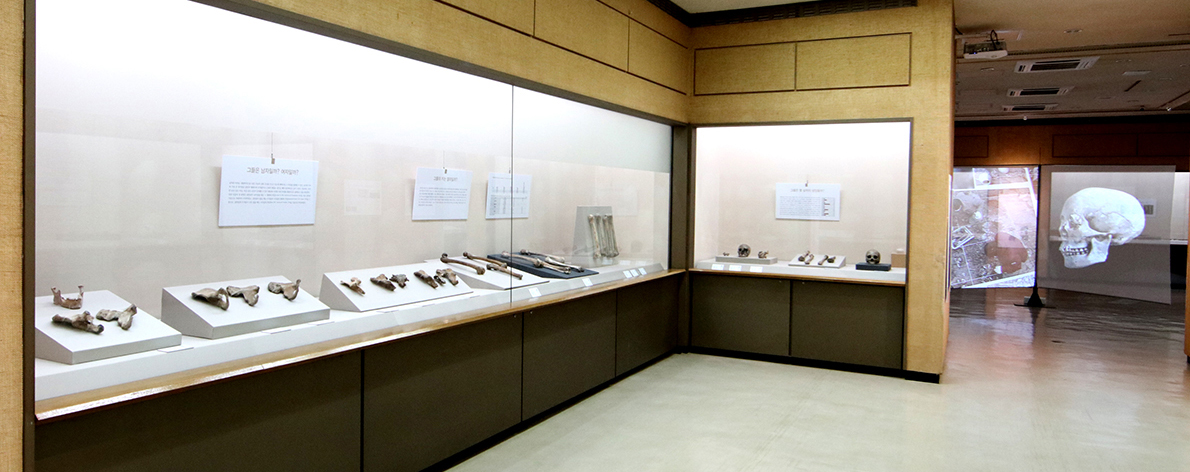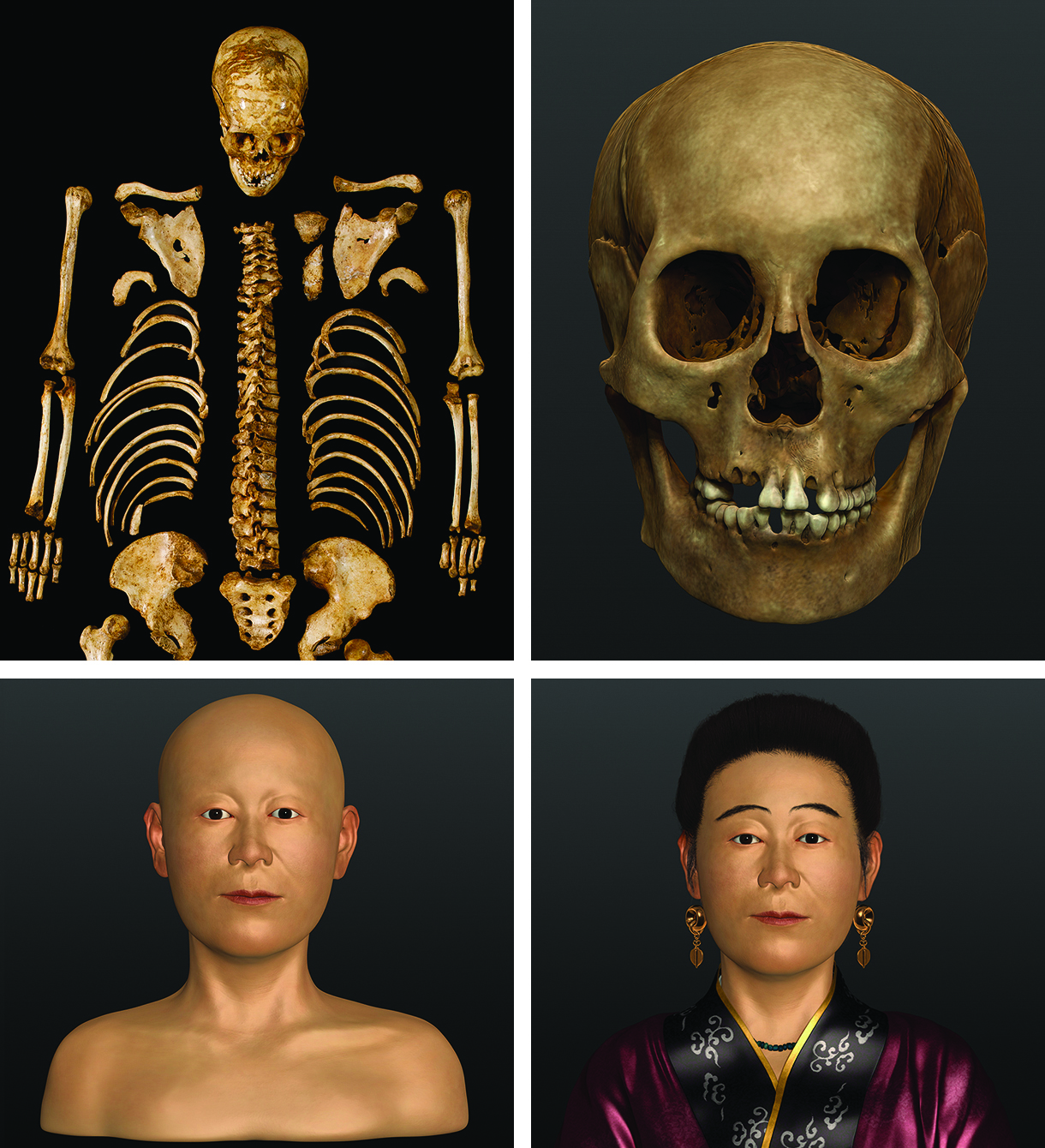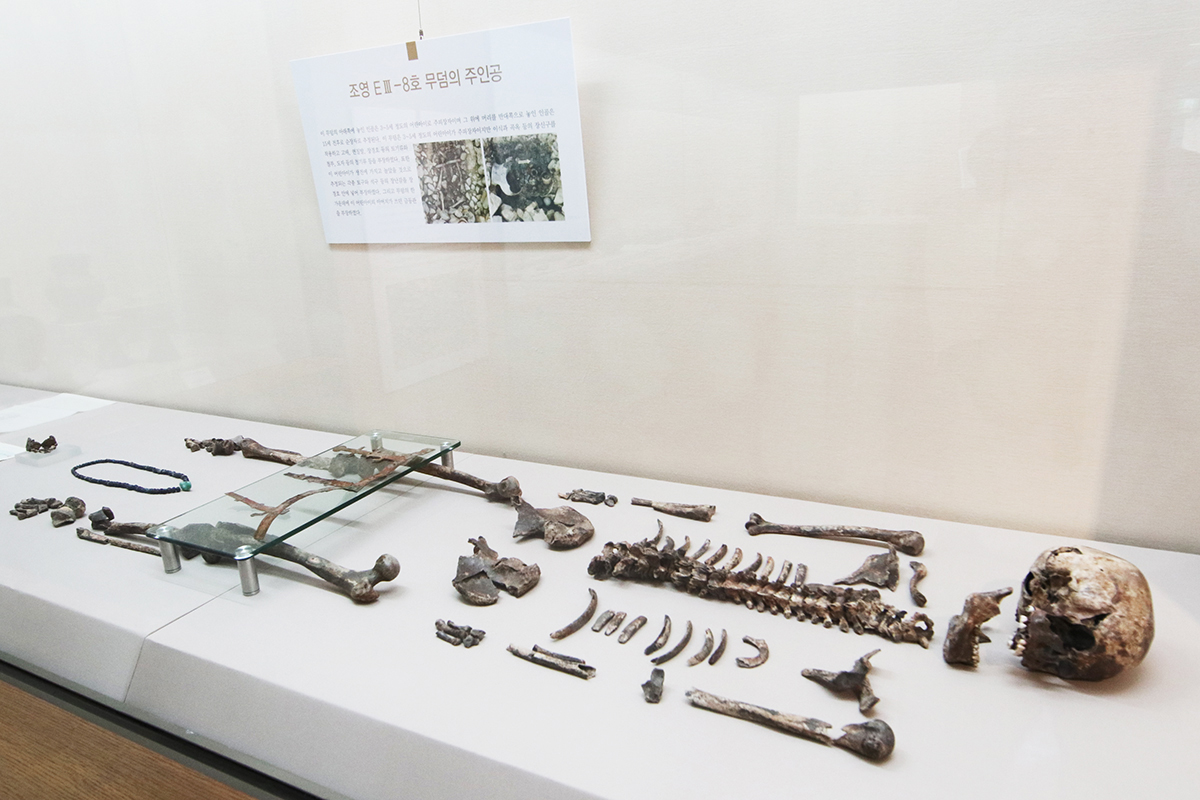“How Did People Look 1,500 Years Ago?” N
No.89187- Writer pr
- Date : 2019.09.26 09:53
- Views : 8353
The special exhibit, ‘Ancient human skeletons, reviving ancient Apdok people’ opens on the 26th
Research and analysis of 259 human bones... Revealed the biological and anthropological features of ancient people
[September 23, 2019]
< "Confirmation of earliest family burial from 1,500 years ago such as couples and father and daughter, etc." / Aired on Yonhap News TV on September 19, 2019>

<YU Museum Special Exhibit 'Ancient Human Skeletons, Reviving Ancient Apdok People' (September 26 – November 29, 2019)>
The YU Museum will put on exhibit the special exhibit ‘Ancient Human Skeletons, Reviving Ancient Apdok People’ from September 26. This special exhibit will reveal the results of the research on 259 human skeletons from the people of ancient Gyeongsan excavated in the ancient burial grounds of Imdang-dong and Joyoung-dong through the excavations of the ancient Imdang Remains tombs and burial grounds conducted in 1982, 1988 and 1989. The YU Museum had issued the ancient human skeleton research results in the ‘YU Museum Collection Gyeongsan Imdang Remains Excavation Human Bones Research Archives’ in December of 2013, and this is the first time to reveal it to the public.

Experts from various fields including forensics and art worked together in the facial restoration work using the human bones. Under the supervision of the YU Museum, the team of the Seoul Catholic University Medical School Professor Kim I-seok completed 3D skull modeling using CT of the human bones, and Dr. Lee Won-joon of the National Forensic Service restored the muscles and skin. Afterwards, artist Yoon Ah-young worked on graphic coloring and realistic picture work to complete the project.

<Skeleton excavated from Imdang 5B-2 (female, 21-35 years of age)-facial restoration process>
(from photo on top left, excavated skeleton, skull CT)
(from photo on bottom left, face restored with 3D, wearing clothes)
(from photo on top left, excavated skeleton, skull CT)
(from photo on bottom left, face restored with 3D, wearing clothes)
YU Museum Director Jung In-sung, who supervised this exhibit, said “The human skeletons discovered being preserved for over 30 years in its original form by the YU Museum acted as the cornerstone for these research achievements. Human skeletons did not receive much attention as relics in the past. However, various research and analyses have become possible using the human bones thanks to the latest science technologies. It was possible to study the biological and anthropological characteristics of the people from that period.” He added, “We are planning to restore the faces or more people using the skeletons of not only women, but also men, royalty and the class buried alive with the dead, as well as adults and children. Furthermore, we are planning to track the ritual food and distribution routes of ancient times by analyzing various mammals and birds such as pheasants, as well as fish bones and clams together with shark bones that were filled with the tombs back then.”

During the special exhibit period, there will also be a variety of relevant programs such as seminars that anyone can attend including students and the general public. At 2 p.m. on October 4 is scheduled the academic seminar ‘Studies on ancient skeletons and the people of Apdok’ that will be joined by skeleton experts at the YU Museum auditorium. A total of four lectures by skeleton experts titled ‘Ancient Skeleton Story Explained by Experts’ are scheduled in October and November, and during the exhibition period, the experience-type education ‘Let’s Play Skeleton’ (inquiries 053-810-1712) are also scheduled.
Meanwhile, the YU Museum signed the ‘MOU for Joint Pursuance of Apdok Kingdom Cultural Relics Research and Utilization Project’ together with Gyeongsan City in March and has been engaged in research on ancient skeletons excavated at the Gyeongsan Imdang-dong and Joyeong ancient burial grounds, restoration of the faces of the people of Apdok, research on the plant and animal genes excavated from the ancient burial grounds, and restoration of restoration of ancient diet and life history. This special exhibit is conducted as part of the ‘University Museum Promotion Support Project’ hosted by the Korea University Museum Association.